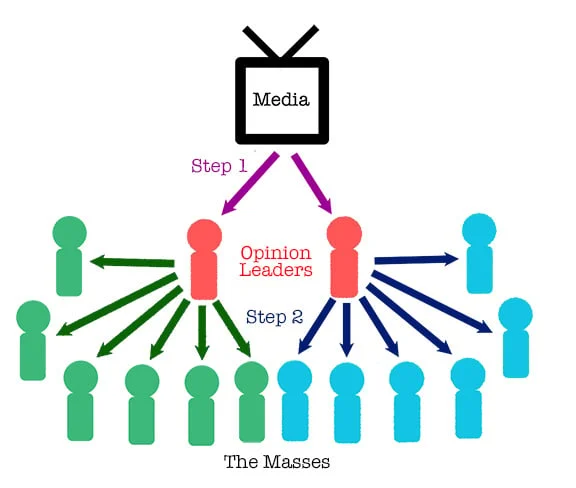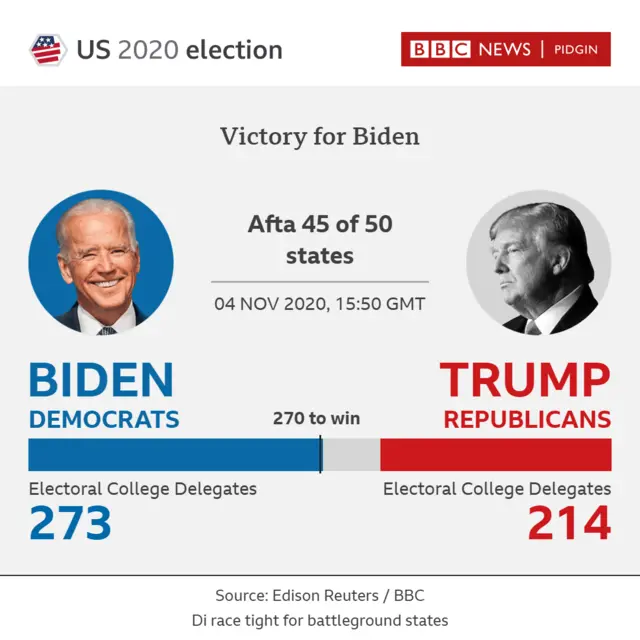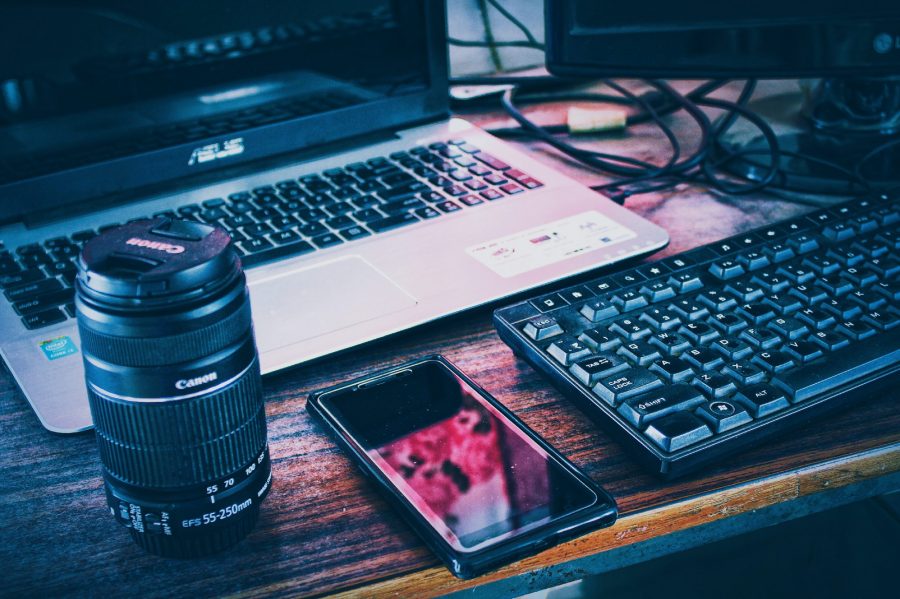Weimann, G. (2015). According to a communication concept called the two-step flow hypothesis, opinion leaders act as a mediator between the media and audiences. These opinion leaders initially acquire information from the media, which they then analyse and disseminate to other members of their social networks, according to this idea. This method suggests that media impact is not direct but rather occurs in two stages: to opinion leaders first, and then to the general population. The significance of social connections and interpersonal communication in influencing public opinion and behaviour is emphasised by this theory.

Many current events and campaigns have used the two-step flow hypothesis, which holds that opinion leaders who sway others mediate media impacts. This theory is especially relevant in the context of social media and political communication.
Starbird, K., DiResta, R. and DeButts, M. (2023). A prominent example is the application of the two-step flow theory in recent election campaigns, such the 2020 U.S. Presidential Election. Opinion leaders and influencers on social media sites like Instagram and Twitter were crucial in influencing public opinion and energising voters. Campaigns frequently targeted these people to spread their ideas because they knew that their followers would be more inclined to believe and interact with the information these reliable sources gave than with traditional media outlets.

Throsby, D., 2008. The cultural industry and the two-step flow theory examine different facets of the production and dissemination of culture, despite the fact that both are significant concepts in communication and media. Both ideas recognise how the media shapes public opinion and cultural consumption, while also highlighting the importance of human interaction. The idea of the “cultural industry” as proposed by Max Horkheimer and Theodor Adorno opposes the commercialisation of culture by contending that mass-produced cultural goods have the ability to shape and regulate societal values. The two-step flow theory, on the other hand, was created by Paul Lazarsfeld and depicts the flow of information from the media to opinion leaders and back to the public. It emphasises on the communication process.
In conclusion, while both ideas examine the relationship between media and society, their main ideas and suggested processes for how audiences are influenced by information and cultural goods are different.
Opinion leaders who assess and share information regulate media impacts by influencing public opinion and information dissemination, according to the two-step flow theory. This theory holds that opinion leaders, or those with great communication skills and increased media exposure, are important in shaping opinions inside their social circles rather than the broader population. Since consumers now usually rely on trusted peers or influencers for information rather than traditional media, social media makes this effect worse in the present digital era. This leads to more comprehensive understandings of issues and the shaping of public opinion through individual talks and exchanges.
Choi, S., 2015. By focussing on opinion leaders to reach a larger audience, the idea also helps political campaigns mobilise these leaders to change the minds of voters and influences marketing and public relations tactics. All things considered, the two-step flow hypothesis emphasises how intricate communication is and how crucial interpersonal connections are becoming in influencing social views and actions.
Ultimately, the two-step flow theory may have relevance to my own life by illustrating my information intake and processing style. I may, for example, follow friends, family members, or influencers who share and analyse information from other media networks. My knowledge and attitudes on subjects, goods, or fashions can be greatly influenced by their thoughts and perceptions. As a result, I could be more influenced by people I like and trust than by information I acquire directly from the media, underscoring the significance of social networks in influencing my thoughts and choices.
Bibliography:
Weimann, G. (2015). Two-Step Flow of Communication – an overview | ScienceDirect Topics. [online] Sciencedirect.com.
Postelnicu, M. (2016). Two-step flow model of communication. In: Encyclopædia Britannica. [online]
Laughey, D. (2007). Themes in Media Theory. [online]
Starbird, K., DiResta, R. and DeButts, M. (2023). Influence and Improvisation: Participatory Disinformation during the 2020 US Election. Social media and society, 9(2),
Throsby, D., 2008. Modelling the cultural industries. International journal of cultural policy, 14(3), pp.217-232.
media-studies (2021). The Cultural Industries | Key Concepts. [online] Media Studies.
Choi, S., 2015. The two-step flow of communication in Twitter-based public forums. Social science computer review, 33(6), pp.696-711.

